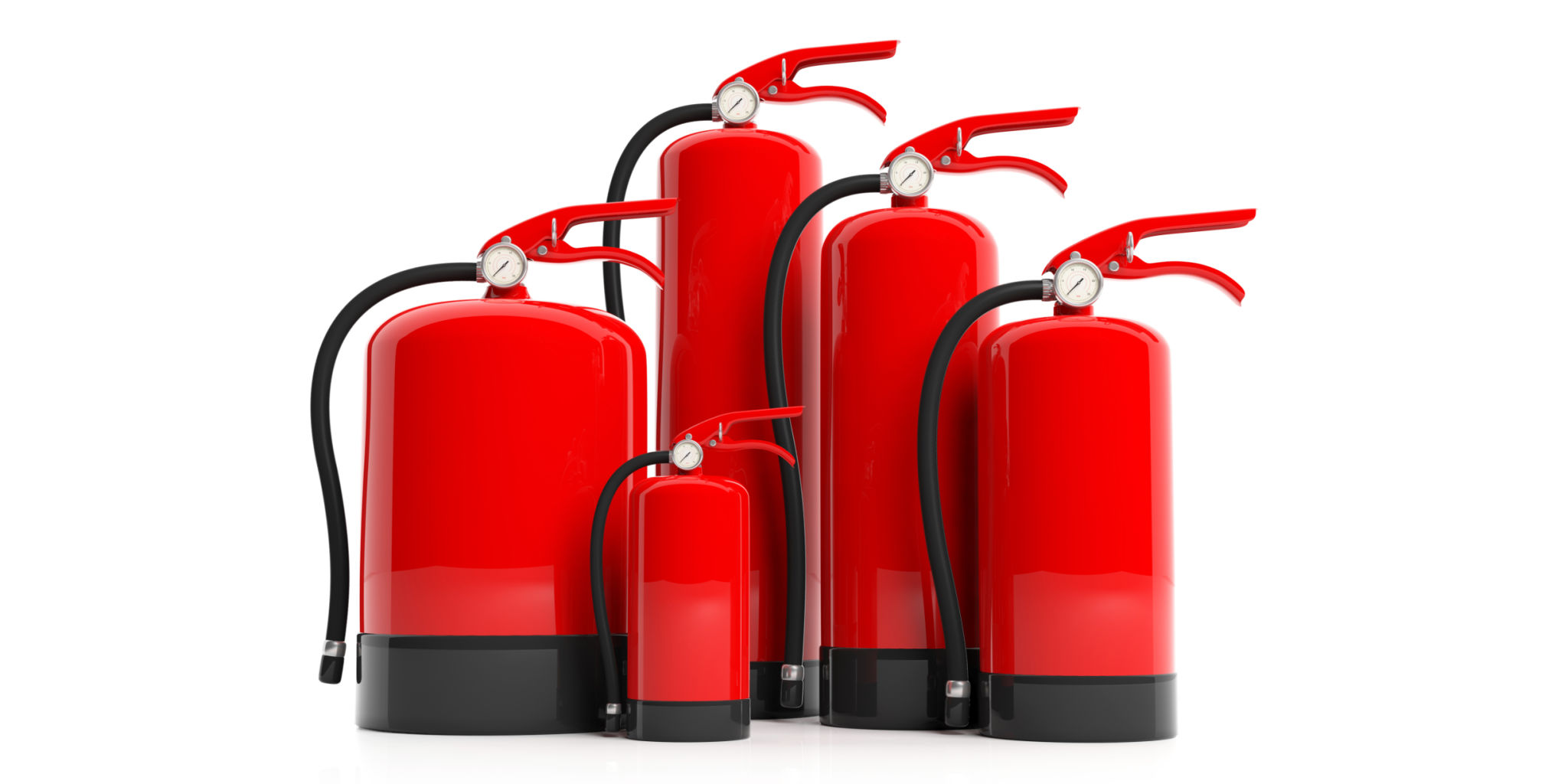Common Myths About Fire Extinguishers Debunked: What Surrey Residents Need to Know
Understanding Fire Extinguishers
Fire extinguishers are a crucial part of any fire safety plan, yet there are many misconceptions surrounding their use and effectiveness. As a resident of Surrey, it's essential to be well-informed about fire safety to protect yourself and your property. In this post, we will debunk some common myths about fire extinguishers that could potentially put you at risk.
Myth 1: All Fire Extinguishers Are the Same
This is a common misconception. Fire extinguishers are not one-size-fits-all; they come in different types designed for specific kinds of fires. The main types include:
- Water extinguishers for Class A fires involving ordinary combustibles like wood and paper.
- Foam extinguishers for Class B fires involving flammable liquids like gasoline.
- CO2 extinguishers for electrical fires.
- Dry powder extinguishers which are versatile and can be used on most fire types.
It's important to identify the correct type of extinguisher for your needs to ensure maximum safety and effectiveness.

Myth 2: Fire Extinguishers Don’t Expire
Many people believe that fire extinguishers have an indefinite shelf life. However, the truth is that they do expire and need to be regularly inspected and maintained. Most fire extinguishers have a lifespan of 5 to 15 years, depending on the manufacturer and type. It's crucial to check the pressure gauge regularly and replace or recharge your extinguisher if it's not in the green zone.
Regular maintenance checks ensure that your extinguisher will work effectively in case of a fire. Ignoring this can lead to equipment failure during critical moments.
Myth 3: You Can Use Any Extinguisher for Any Fire
This myth can be particularly dangerous. Using the wrong type of extinguisher on certain fires can exacerbate the situation. For example, using a water extinguisher on a grease fire can cause the flames to spread. It's vital to understand which type of extinguisher is appropriate for the specific class of fire you're encountering.

The Importance of Proper Training
Another widespread myth is that using a fire extinguisher is simply a matter of pointing and spraying. In reality, proper training is essential for effective use. The PASS method—Pull, Aim, Squeeze, and Sweep—is a simple technique taught during training sessions. This ensures you can operate the extinguisher efficiently and safely during an emergency.
Myth 4: Fire Extinguishers Are Only for Big Fires
Contrary to this belief, fire extinguishers are designed to combat small fires before they escalate into larger ones. Attempting to put out large fires with an extinguisher can be dangerous and ineffective. In such cases, evacuating immediately and calling emergency services should be your priority.

Conclusion
Understanding the facts about fire extinguishers can significantly enhance your safety and preparedness in case of a fire emergency. By debunking these common myths, Surrey residents can make informed decisions about purchasing, maintaining, and using fire extinguishers effectively. Remember, when it comes to fire safety, knowledge and preparedness are your best tools for protection.
